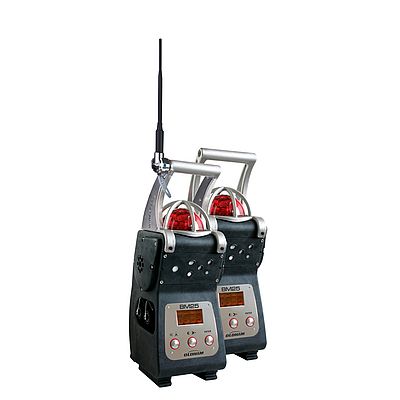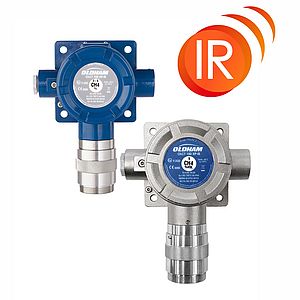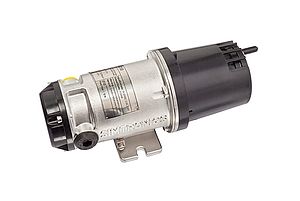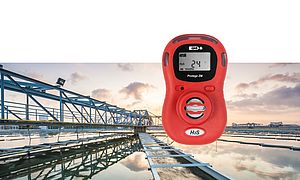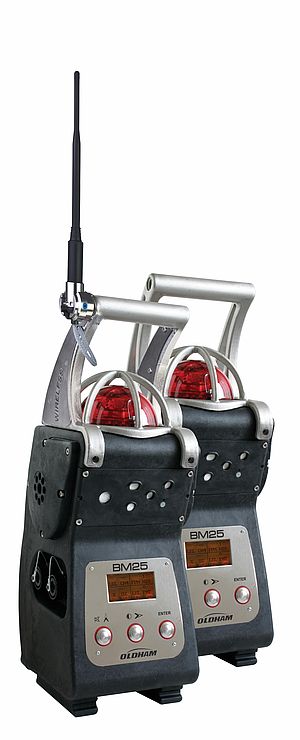Al Masaood Oil & Gas, which following its formation in 1971, became one of the first oil and gas suppliers and contractors in the United Arab Emirates (UAE). Al Masaood has supplied around 800 BM25 portable gas detectors into a host of onshore and offshore projects, including 200 of the latest-generation wireless models. The company acquires the units directly from Oldham-Simtronics, part of 3M GAS & FLAME DETECTION.
“We selected the BM25 because we can trust and depend on its performance in the harsh environments in which we operate” states Ammar Maarouf, Department Manager, Airloop & H2S Safety Services at Al Masaood Oil & Gas. “The BM25’s robust construction and intelligent design make it one of the best detectors to be deployed in applications where area monitoring is a critical part of the safety system.” The BM25 was designed for team protection or area surveillance, and is ideally suited to perimeter monitoring, rig overhauls, and mobile or short-term work where fixed detection systems are not practical. Providing the capability to monitor one-to-five gases simultaneously, the BM25 packs the benefits of a fixed area monitor into a rugged, user-friendly and transportable instrument; a factor that has long-appealed to Al Masaood. With over 900 employees, the Abu Dhabi-based company provides advanced energy services into upstream and downstream operations. Its Air Loop & H2S Safety business unit also supplies, calibrates and services various application-specific products across the UAE, including portable gas monitors, for both sales-based and rental-based projects.
Detection of up to 5 different gases
“Provide us with a challenge and we'll find the right solution,” says Mr Maarouf. “Portable gas detection and area monitoring has been a key competency for many years, and here we rely on various solutions from 3M Gas & Flame Detection, including the PS200 multi-gas detector, as well as the BM25.” Up to five gases can be monitored simultaneously using the BM25; interchangeable sensors are available for AsH3, CO, CO2, H2, HCl, HCN, NO2, NH3, O2, PH3, SiH4 and SO2. When the BM25 detects a hazardous level of gas, the top-mounted beacon sends a flashing, bright signal in all directions while emitting a powerful, 103dB siren alarm. “The standard BM25 can send alarms via alarm transfer cables, however, the latest-generation BM25 Wireless sends alarms, faults and readings using a 2.4GHz wireless signal,” explains Mr Maarouf. “This setup can create a safety perimeter around a detected atmospheric hazard, or transmit a manually initiated emergency signal over a wide area.” Powered by a NiMH battery pack, the BM25 multi-gas monitor offers up to 170 hours of continuous run time. Other standard features include STEL (short-term exposure limit) and TWA (time-weighted average) values, as well as a data-logging capacity of more than four months.
Easy integration in mesh networks
The BM25 Wireless provides networking and communication to the Oldham-Simtronics MX40 controller, which centralises the data and can display up to 32 measurements in real time. When a BM25 signals an alarm, the MX40 also goes into alarm mode and can, for example, control internal relays and order other monitors to transmit the alarm as well. The control panel displays real-time gas concentrations, field device status, battery levels, network RF signal quality and fault diagnostic conditions. “To date we’ve supplied around 200 BM25 Wireless gas detectors,” says Mr Maarouf. “In fact, I think we were the first in our region to offer them. Our customers love the simplicity and the speed in which they can be deployed to keep workers safe.” The Oldham-Simtronics BM25 Wireless can be used as a stand-alone monitor or linked into a mesh network to provide gas detection over a large area. The mesh network allows peer-to-peer connection with all other units in the network to send, receive and relay data. As a result, detectors can communicate around obstructions and alter communication paths should a monitor be removed for recharging or servicing. A total of 30 BM25 Wireless units may be meshed together in a single network, while up to 16 independent networks can co-exist without interference.


